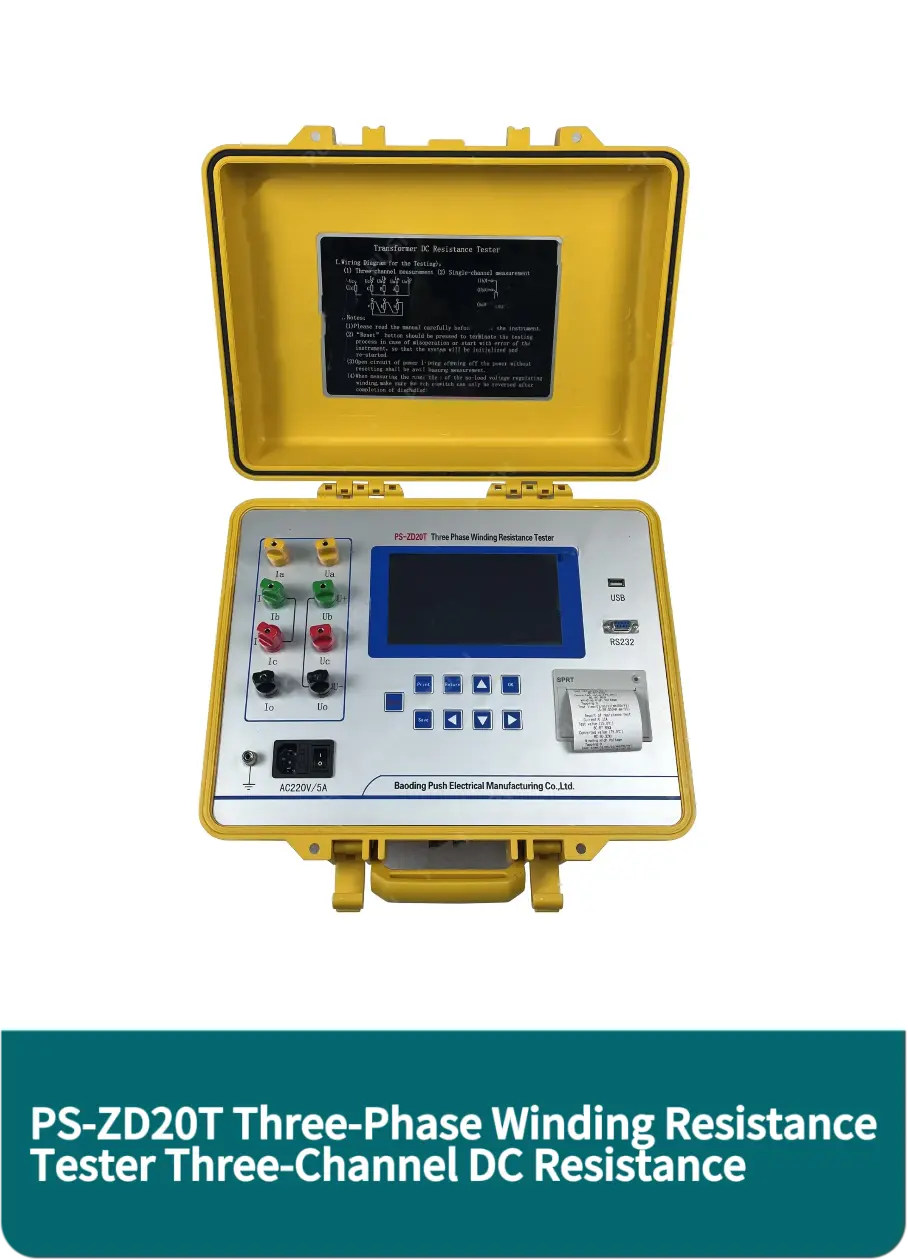 English
English



-
 Afrikaans
Afrikaans -
 Albanian
Albanian -
 Amharic
Amharic -
 Arabic
Arabic -
 Armenian
Armenian -
 Azerbaijani
Azerbaijani -
 Basque
Basque -
 Belarusian
Belarusian -
 Bengali
Bengali -
 Bosnian
Bosnian -
 Bulgarian
Bulgarian -
 Catalan
Catalan -
 Cebuano
Cebuano -
 China
China -
 China (Taiwan)
China (Taiwan) -
 Corsican
Corsican -
 Croatian
Croatian -
 Czech
Czech -
 Danish
Danish -
 Dutch
Dutch -
 English
English -
 Esperanto
Esperanto -
 Estonian
Estonian -
 Finnish
Finnish -
 French
French -
 Frisian
Frisian -
 Galician
Galician -
 Georgian
Georgian -
 German
German -
 Greek
Greek -
 Gujarati
Gujarati -
 Haitian Creole
Haitian Creole -
 hausa
hausa -
 hawaiian
hawaiian -
 Hebrew
Hebrew -
 Hindi
Hindi -
 Miao
Miao -
 Hungarian
Hungarian -
 Icelandic
Icelandic -
 igbo
igbo -
 Indonesian
Indonesian -
 irish
irish -
 Italian
Italian -
 Japanese
Japanese -
 Javanese
Javanese -
 Kannada
Kannada -
 kazakh
kazakh -
 Khmer
Khmer -
 Rwandese
Rwandese -
 Korean
Korean -
 Kurdish
Kurdish -
 Kyrgyz
Kyrgyz -
 Lao
Lao -
 Latin
Latin -
 Latvian
Latvian -
 Lithuanian
Lithuanian -
 Luxembourgish
Luxembourgish -
 Macedonian
Macedonian -
 Malgashi
Malgashi -
 Malay
Malay -
 Malayalam
Malayalam -
 Maltese
Maltese -
 Maori
Maori -
 Marathi
Marathi -
 Mongolian
Mongolian -
 Myanmar
Myanmar -
 Nepali
Nepali -
 Norwegian
Norwegian -
 Norwegian
Norwegian -
 Occitan
Occitan -
 Pashto
Pashto -
 Persian
Persian -
 Polish
Polish -
 Portuguese
Portuguese -
 Punjabi
Punjabi -
 Romanian
Romanian -
 Russian
Russian -
 Samoan
Samoan -
 Scottish Gaelic
Scottish Gaelic -
 Serbian
Serbian -
 Sesotho
Sesotho -
 Shona
Shona -
 Sindhi
Sindhi -
 Sinhala
Sinhala -
 Slovak
Slovak -
 Slovenian
Slovenian -
 Somali
Somali -
 Spanish
Spanish -
 Sundanese
Sundanese -
 Swahili
Swahili -
 Swedish
Swedish -
 Tagalog
Tagalog -
 Tajik
Tajik -
 Tamil
Tamil -
 Tatar
Tatar -
 Telugu
Telugu -
 Thai
Thai -
 Turkish
Turkish -
 Turkmen
Turkmen -
 Ukrainian
Ukrainian -
 Urdu
Urdu -
 Uighur
Uighur -
 Uzbek
Uzbek -
 Vietnamese
Vietnamese -
 Welsh
Welsh -
 Bantu
Bantu -
 Yiddish
Yiddish -
 Yoruba
Yoruba -
 Zulu
Zulu
Understanding the Importance of Hipot Testing Standards for Electrical Safety
Understanding the Hipot Test Standard Ensuring Electrical Safety
The hipot test, short for high potential test, is a critical procedure in the electrical safety domain, ensuring that electrical devices can operate safely under high voltage conditions. This testing standard is essential for manufacturers and engineers to confirm that their products will not produce dangerous electrical leaks, which could lead to severe injuries or property damage.
Understanding the Hipot Test Standard Ensuring Electrical Safety
Most hipot testing standards, including those defined by organizations such as the International Electrotechnical Commission (IEC) and Underwriters Laboratories (UL), outline rigorous procedures to ensure reliability and safety. The standards specify the voltage levels to be used during testing, typically starting from a few hundred volts up to several thousand volts, depending on the type of equipment being tested. For example, a typical consumer product may only require a few hundred volts, while industrial machinery might necessitate testing at thousands of volts.
hipot test standard

The duration of the hipot test also plays a crucial role. Standards usually recommend a testing period that lasts from one to five minutes, allowing sufficient time to detect any insulation failures. If any current leakage is detected during this period, the device fails the test and must be re-evaluated to rectify the problem before it can be certified for safe use.
Furthermore, it is important to note that the hipot test is not a standalone measure of safety; rather, it should be part of a comprehensive testing strategy that includes other evaluations like insulation resistance testing and ground continuity tests. This holistic approach ensures that all aspects of a product’s electrical safety are thoroughly examined.
Although the hipot test is widely accepted and implemented, it is worth mentioning that specific requirements may differ based on regional regulations and industry standards. Therefore, manufacturers must stay informed about the relevant testing standards applicable to their products in the markets they serve.
In conclusion, the hipot test standard plays a vital role in electrical safety by helping to ensure that devices can withstand unexpected electrical stress without posing a risk to users. By adhering to these rigorous testing protocols, manufacturers not only comply with regulatory demands but also demonstrate commitment to quality and safety, which ultimately fosters consumer trust and enhances product reliability. As technology continues to advance and electrical devices become more complex, the importance of the hipot test will only grow, reinforcing its status as a cornerstone of electrical safety assurance.
-
Testing Equipment Industry Sees Major Advancements in 2025: Smart & Precision Technologies Lead the WayNewsJun.06,2025
-
Applications of Direct Current Generators in Renewable Energy SystemsNewsJun.05,2025
-
Hipot Tester Calibration and Accuracy GuidelinesNewsJun.05,2025
-
Digital Circuit Breaker Analyzer Features and BenefitsNewsJun.05,2025
-
Benefits of Real-Time Power Quality Monitoring Devices for Industrial EfficiencyNewsJun.05,2025
-
Earth Fault Loop Testing in High-Rise Building Electrical SystemsNewsJun.05,2025



